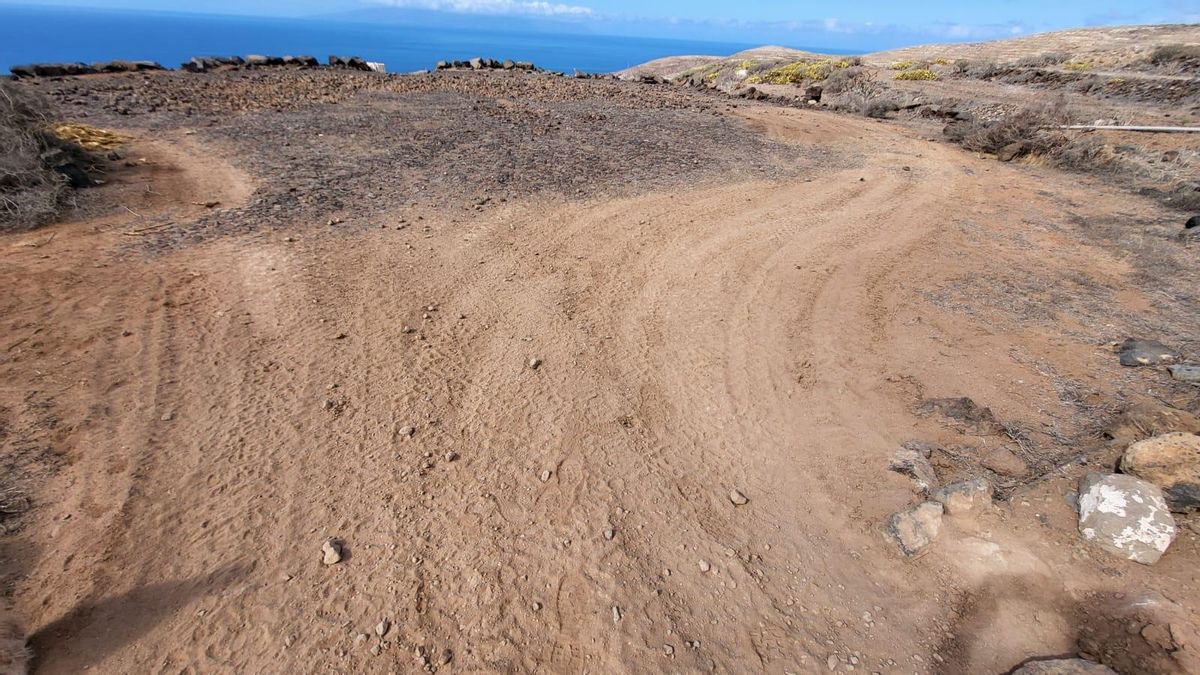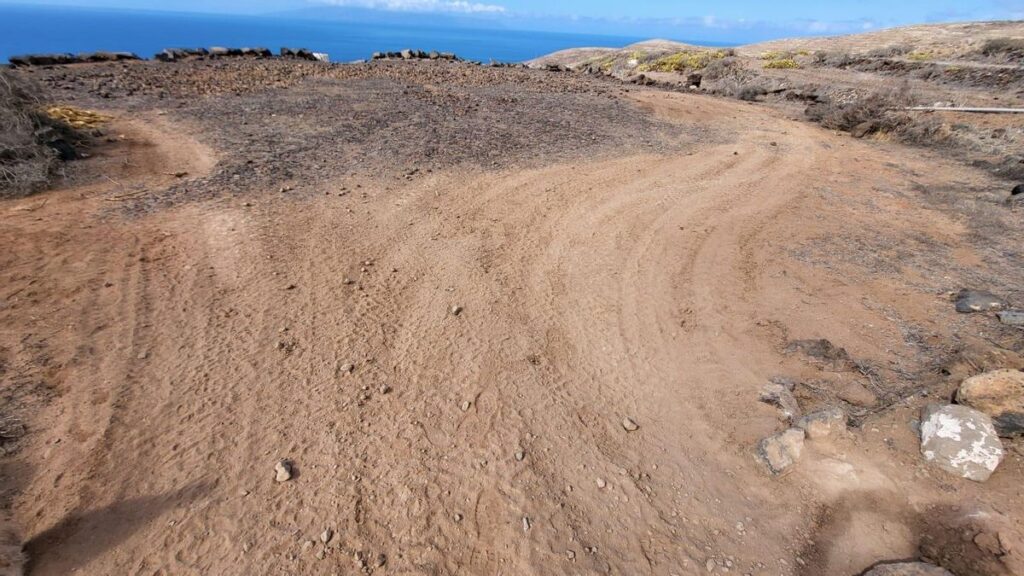Tenerife’s Hoya Grande Project Sparks Environmental Concerns
A new tourism development in Adeje, southern Tenerife, threatens the protected viborina plant, a rare species native to the Canary Islands. The Hoya Grande Partial Plan includes a golf course, 1,680 hotel beds, and 140 tourist villas. According to documentation published in the Official Canary Islands Gazette, the project could indirectly impact the viborina during construction, particularly along a connecting road between Hoya Grande and the TF-47 highway.
Controversy Over Conservation Measures
The Adeje Town Council acknowledges the presence of “several specimens” of viborina in the area. While no direct impact is expected, indirect harm during construction has prompted plans for a perimeter fence and direct monitoring by a Canary Island flora specialist. This marks the second recent clash between tourism projects and the viborina, following the halted Cuna del Alma development. Environmental group Salvar la Tejita has even filed a lawsuit against the council, arguing it lacks authority to approve such measures.
Mayor Defends the Project
Mayor José Miguel Rodríguez Fraga, in office for over 40 years, dismissed concerns last year, stating, “It turns out that because you don’t like it, I, as mayor, don’t grant the license. There’s a viborina, a widow beetle, and three dead flies, and I’ll scrap the project? No.” The viborina is protected under Canary Islands law, making it illegal to uproot, collect, or destroy it in the wild.
Broader Environmental and Archaeological Impact
The Hoya Grande project spans over one million square meters, affecting not just the viborina but also sweet tabaibal, cardon cacti, and other native plants. The council claims proposed conservation measures could benefit local fauna, including the curlew, which reportedly feeds on golf courses at dusk. However, the development will significantly impact archaeological sites, some with the “highest degree of protection.” Two hut foundations and scattered artifacts lie within the future golf course. The council plans excavations and protective “islands” or flowerbeds to mitigate damage.
Water Consumption Under Scrutiny
The golf course alone is estimated to consume 2,100 cubic meters of water daily—equivalent to the usage of 16,400 people in Adeje, a region already under water emergency measures. Irrigation will rely on treated wastewater from Arona-Adeje’s treatment plant. Critics, including Podemos councillor Gabriel González, accuse Fraga of prioritizing tourism over sustainability, saying, “Fraga asks residents to conserve water while giving unlimited access to the tourism industry.”


